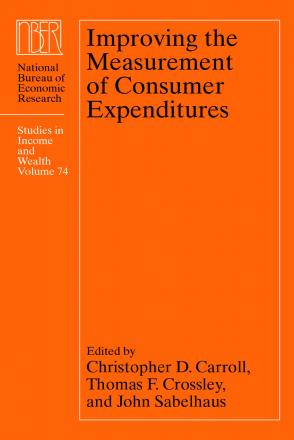Exploring a Balance Edit Approach in the Consumer Expenditure Quarterly Interview Survey

Early expenditure surveys conducted by the BLS (e.g., 1935-36 Study of Consumer Purchases; the 1950 Survey of Consumer Expenditures) used a 'balance edit' to check for consistency among reported expenditures, income, and asset and liability totals; sample units whose expenditures exceeded income by more than 10 percent were followed up and re-interviewed, or removed from the sample. This balancing procedure was eliminated prior to the establishment of the Consumer Expenditure (CE) survey in 1972 because it was deemed 'judgmental' and not operationally feasible. This chapter describes a small lab study designed to test whether such a balance-edit approach could be re-introduced in the CE. We found that 18 of 19 participants in this study provided reports in the initial interview that were sufficiently unbalanced to trigger the balance edit. The balance edit procedure improved income-to-spending ratios for 13 participants, but only 4 individuals actually achieved balance (i.e., obtained ratios that were within 10 percent of unity). The debriefing session revealed that a sizable minority of individuals in this study either did not understand the purpose in the balance edit or had somewhat negative reactions to the process.
-
-
Copy CitationScott Fricker, Brandon Kopp, and Nhien To, Improving the Measurement of Consumer Expenditures (University of Chicago Press, 2014), chap. 12, https://www.nber.org/books-and-chapters/improving-measurement-consumer-expenditures/exploring-balance-edit-approach-consumer-expenditure-quarterly-interview-survey.Download Citation


